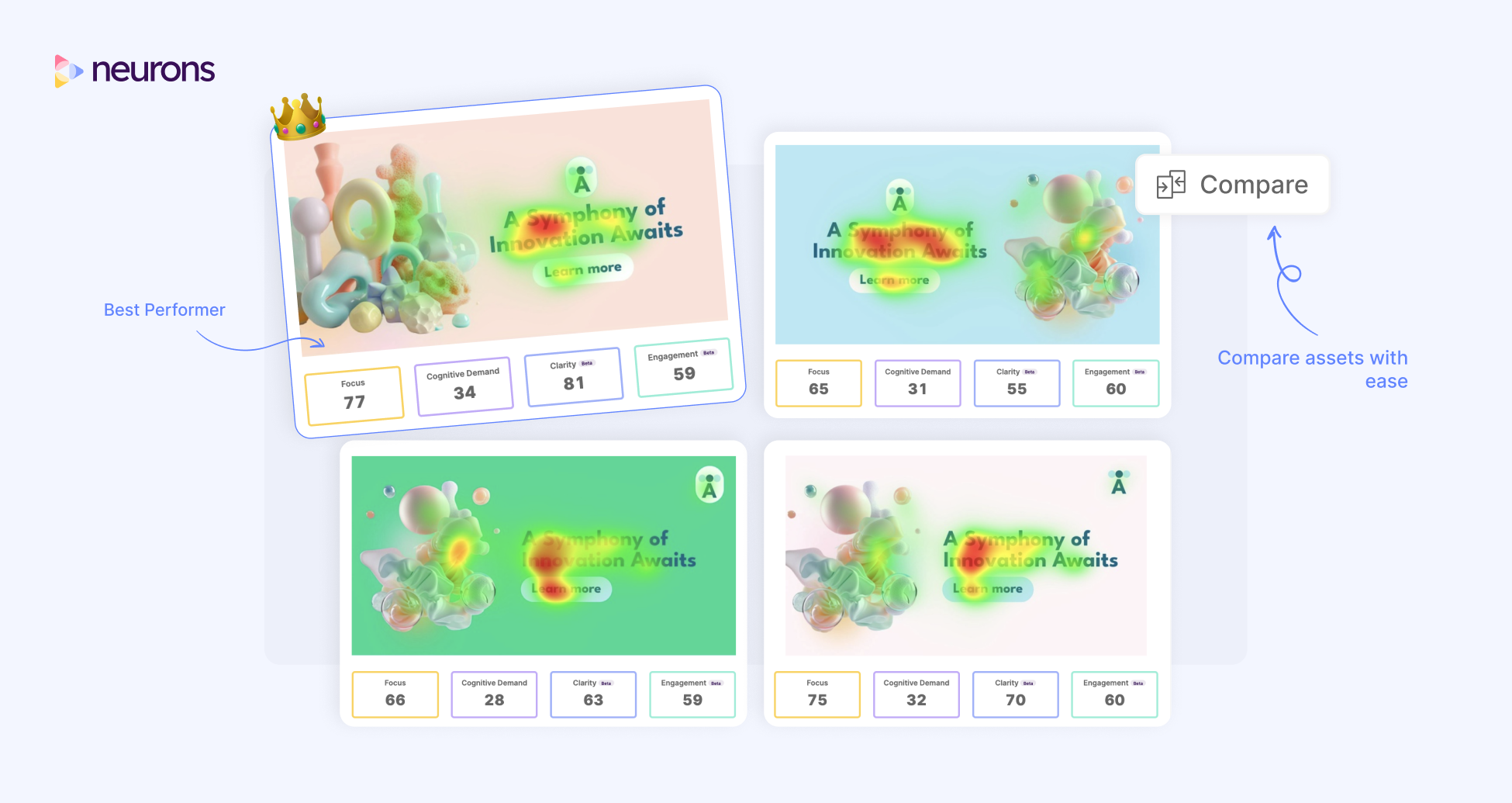
Before you launch your next ad campaign, you’ll want to know whether it will perform—and why. Ad testing methods and techniques give you that clarity. They help you evaluate creative ideas, messaging, and visuals before and during your campaigns so you can focus on what works.
This article outlines the seven most widely used ad testing techniques, including when to use them and what they help you learn. For a more comprehensive overview of ad testing—including tools, metrics, platforms, and AI—read our full guide to ad testing.
There are 7 main types of ad testing used to measure ad effectiveness across different stages and formats.
Each method offers a unique way to evaluate creative performance, audience response, or campaign impact. Marketers often combine several types to get a full picture of what’s working and why.
Read our more in-depth article on ad testing here.

Pre-testing is the process of evaluating an advertisement before it goes live. This type of testing is used to predict how the target audience will respond to the creative and to make improvements before launch.
Marketers use pre-testing to assess elements like messaging, visuals, tone, and brand recall. Methods include surveys, attention tracking, facial coding, and emotional response measurement.
Pre-testing reduces the risk of launching ineffective ads. It ensures that only high-performing creatives move forward into production or media spend.
The most well-known pre-testing tool on the market is Neurons AI.
Read more about Neurons AI here.

A/B testing compares two versions of an ad to see which one performs better with a target audience. Each version differs by a single variable, such as the headline, image, call-to-action, or layout.
Marketers run A/B tests in real-time environments to track performance differences across engagement, clicks, or conversions. The version that performs best becomes the primary creative.
A/B testing helps isolate the impact of individual creative choices. This allows teams to optimize ads through simple, data-driven experiments.

Multivariate testing evaluates multiple elements of an ad at once to understand how combinations of variables affect performance. Unlike A/B testing, which tests one change at a time, multivariate testing examines how different elements interact.
This method is useful for testing combinations of headlines, visuals, layouts, and calls-to-action. It identifies not just which element performs best, but which combination drives the strongest response.
Multivariate testing helps marketers optimize complex creatives more efficiently. The results reveal which design and message combinations lead to the highest engagement or conversion.
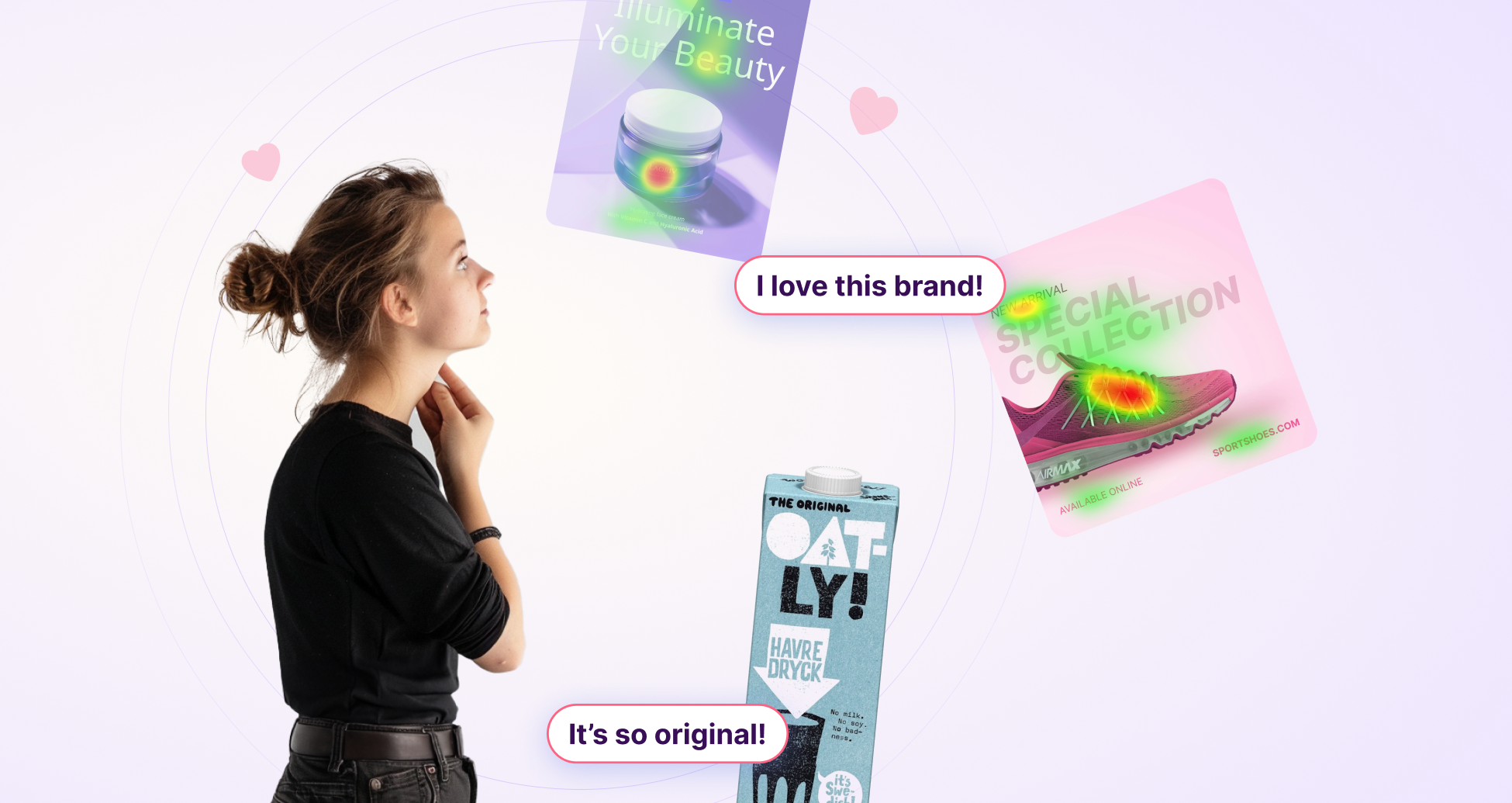
Brand lift studies measure the impact of an ad campaign on brand perception and consumer intent. These studies compare exposed and unexposed groups to identify shifts in awareness, consideration, favorability, or purchase intent.
Typically conducted through surveys, brand lift studies assess how well an ad moves brand metrics. Platforms like Google, Meta, and YouTube offer built-in tools to run these tests.
Brand lift studies help quantify the long-term value of advertising. These insights are especially useful for brand-building campaigns where success goes beyond immediate clicks or conversions.
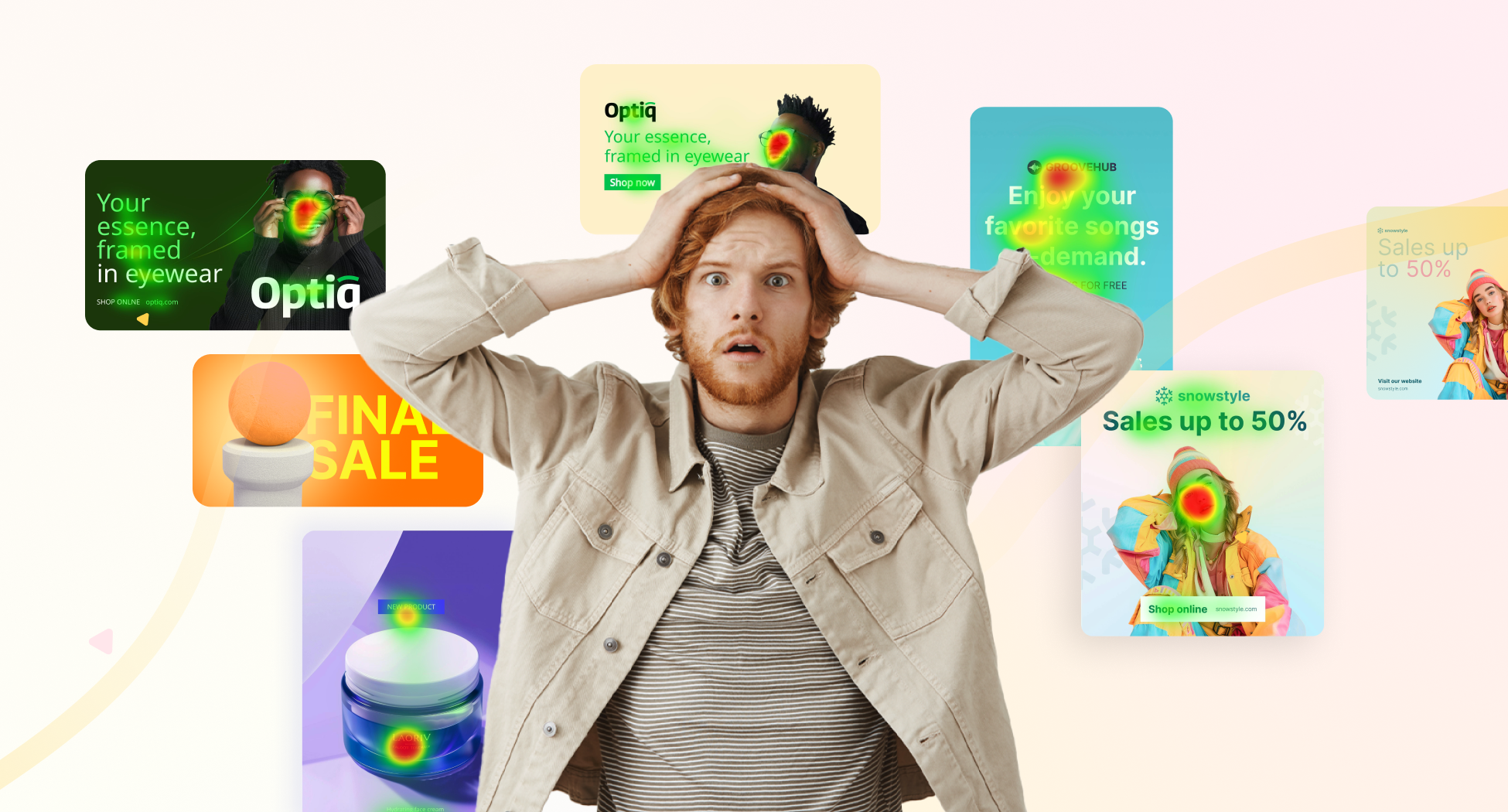
Incrementality testing measures the true effect of an ad campaign by isolating its impact from other marketing activities. It determines how much additional value the campaign generates compared to a control group that didn’t see the ad.
This method typically uses randomized control groups or geo-based holdouts to compare results. Metrics tracked include conversions, revenue, or customer acquisition.
Incrementality testing is used to validate that an ad is driving real business outcomes, not just taking credit for actions that would have happened anyway.
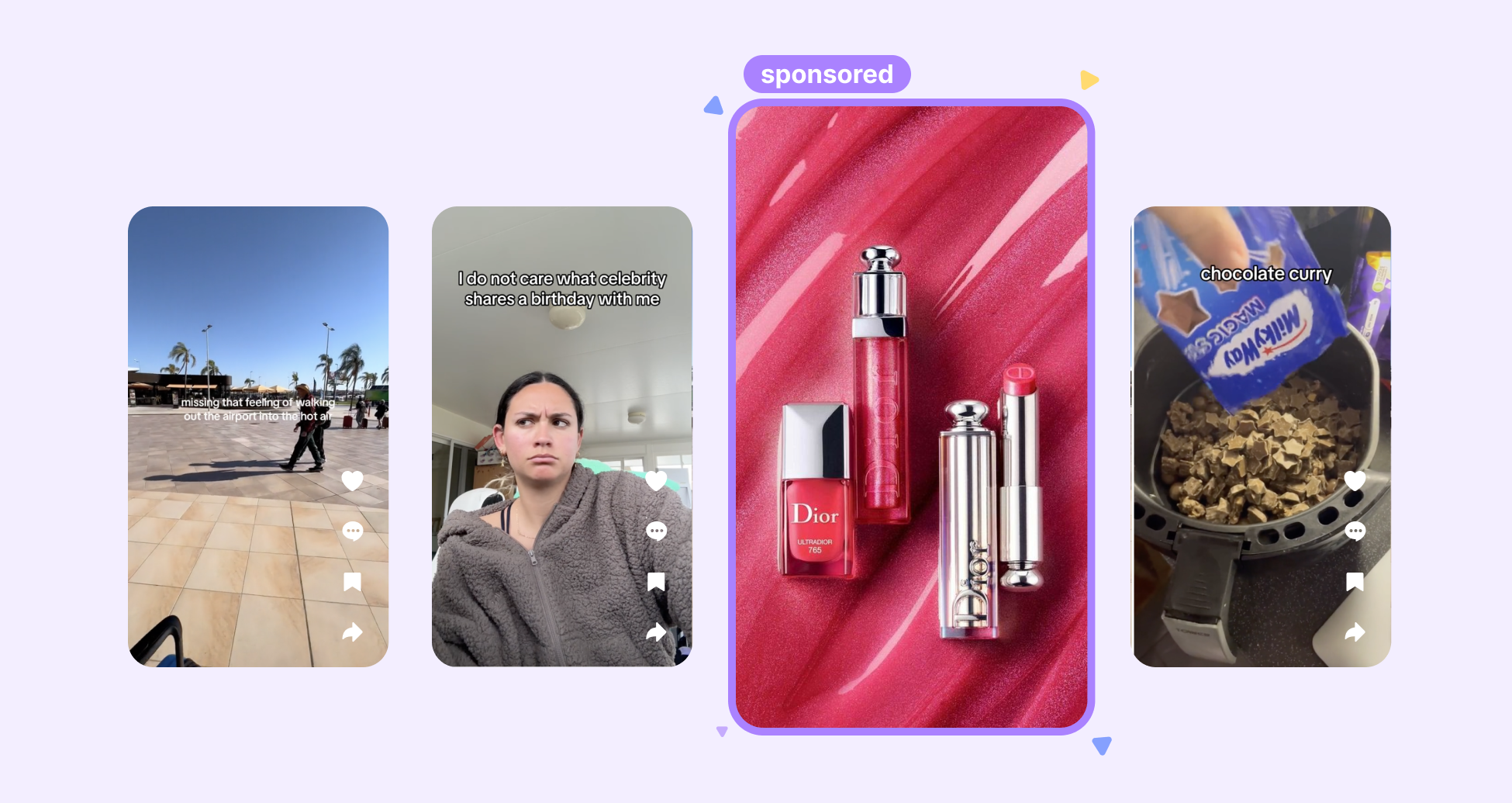
In-market testing evaluates ad performance while the campaign is live. It helps marketers track how ads perform in real-world conditions across different channels, audiences, and timeframes.
Common metrics include engagement rates, conversions, click-through rates, and attention. Results are used to adjust media spend or swap out creatives mid-campaign.
In-market testing supports ongoing optimization by identifying which ads perform best across placements and segments.
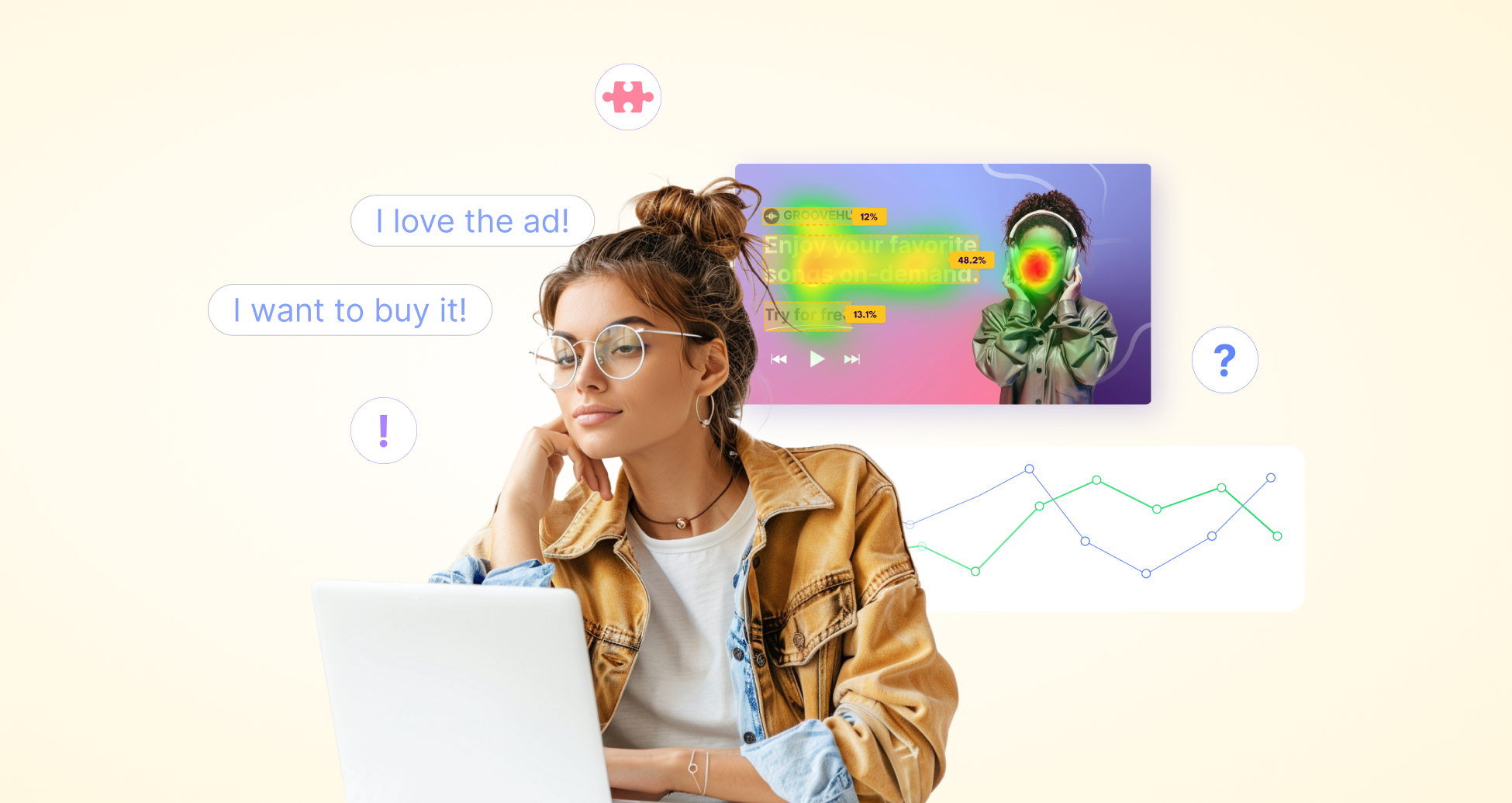
Surveys and focus groups gather direct feedback from target audiences about ad content, tone, and clarity. These qualitative methods provide context that metrics alone can’t capture.
Surveys collect structured responses at scale, while focus groups enable deeper discussion and emotional reactions. Both are often used in early-stage creative development.
Audience feedback from surveys and focus groups helps refine messaging, visuals, and brand alignment before launch.
Choosing the right ad testing method depends on campaign goals, available resources, and the stage of the creative. Different methods serve different purposes—some focus on optimization, others on validation.
To select the best approach, marketers should consider factors like budget, timeline, testable variables, and data needs. For example, pre-testing works well for fast iteration, while brand lift studies are better suited for long-term impact measurement.
Using a combination of methods often yields the most reliable results. Layering qualitative insights with quantitative data ensures both creative quality and measurable performance.
If you want to ensure that you launch only the best-performing campaigns with bulletproof creatives, pre-testing with Neurons AI is a perfect choice.
This article introduces seven essential ad testing methods that help marketers evaluate creative performance before and during a campaign. From simple A/B tests to more complex approaches like incrementality and multivariate testing, these techniques allow brands to improve clarity, drive engagement, and optimize return on ad spend.
Whether you're validating a concept before launch or fine-tuning live campaigns, each method offers specific benefits depending on your goal, timeline, and tools.
The table below summarizes the most commonly used ad testing methods and their descriptions.